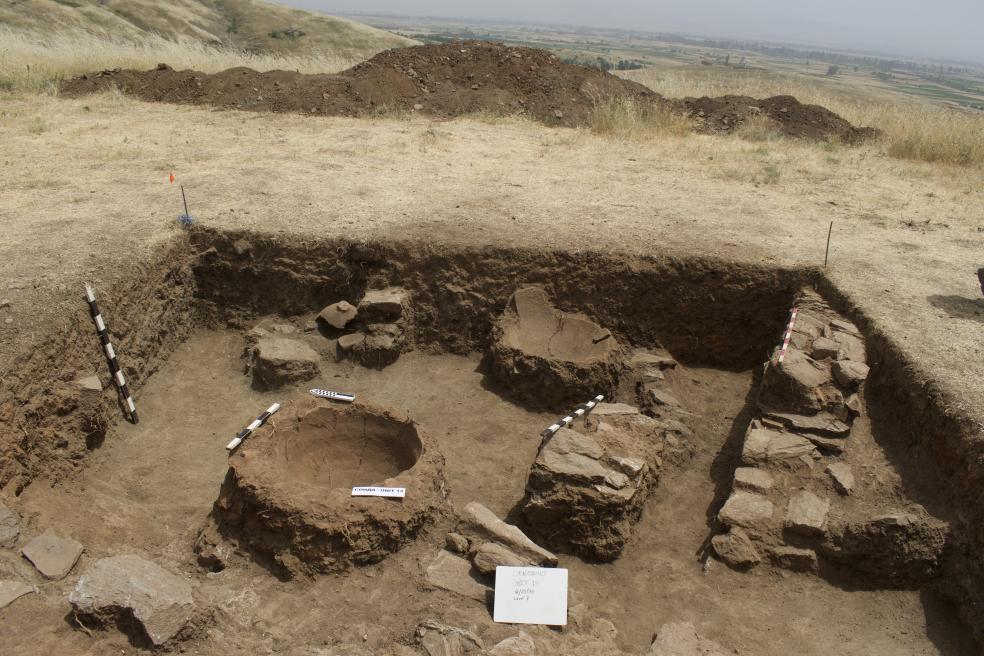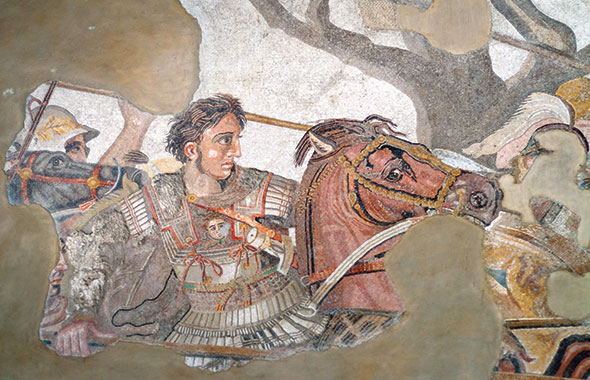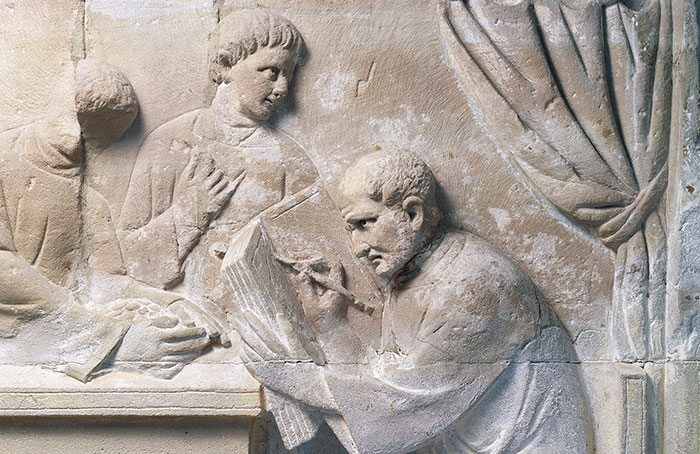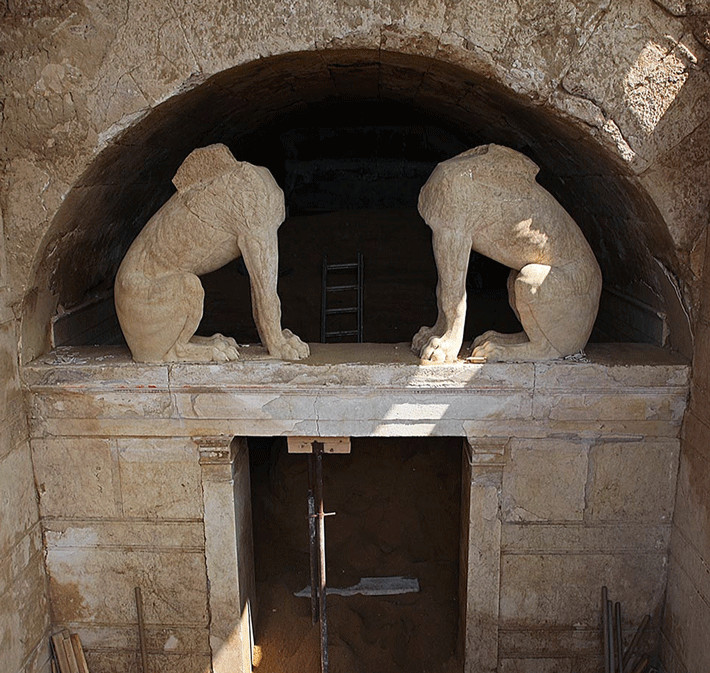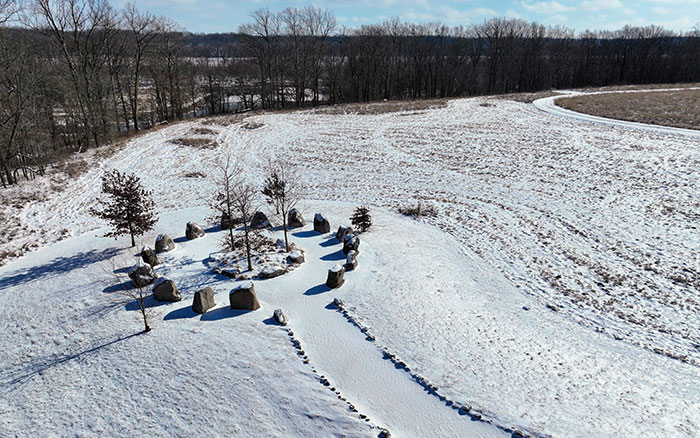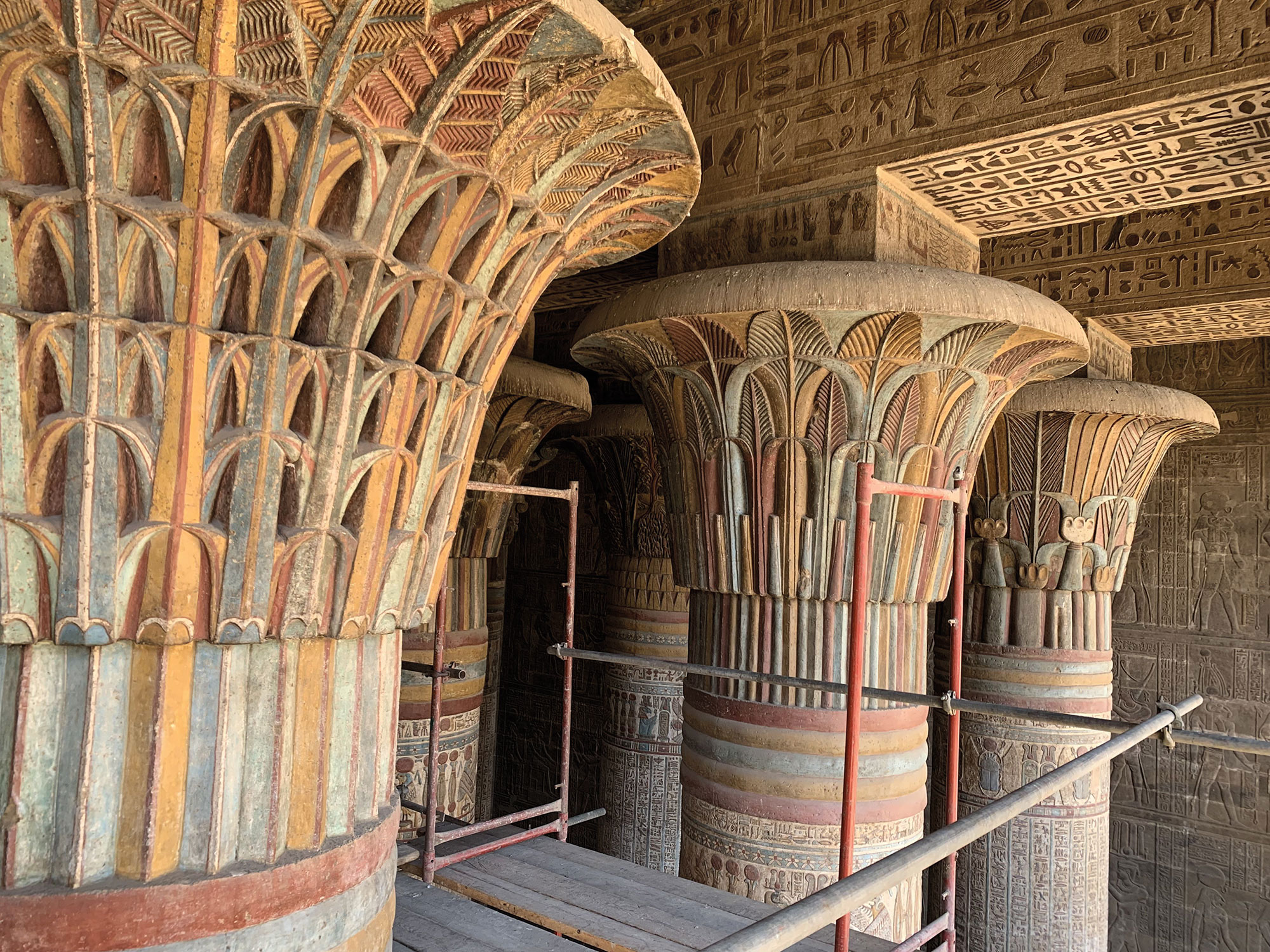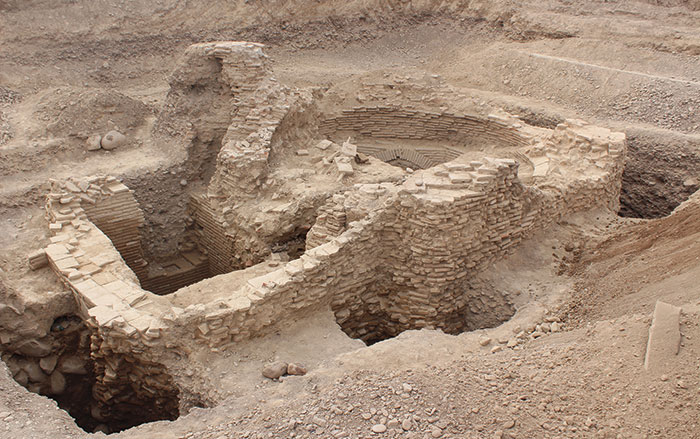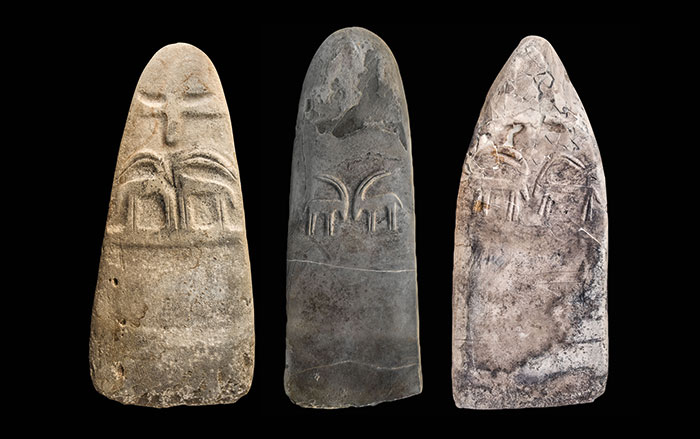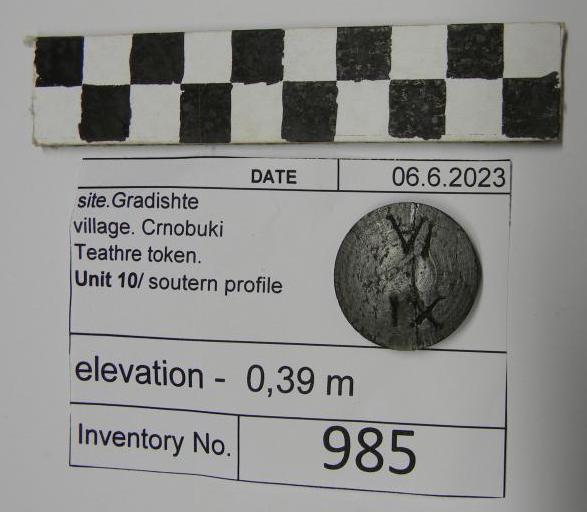
GRADISHTE, NORTH MACEDONIA—According to a statement released by Cal Poly Humboldt, recent archaeological work at Gradishte, near the North Macedonian village of Crnobuki, has revealed that a much more substantial ancient settlement existed there than originally thought. It was previously believed that the site was merely a military outpost built to defend against Roman attacks, but new excavations have uncovered evidence of a prosperous city that was much older than scholars had expected. The acropolis alone extended across an area measuring at least seven acres. Archaeologists have thus far unearthed stone axes, coins, a clay theater ticket, pottery, game pieces, and textile tools that provide tangible evidence of a thriving settlement dating back to at least 360 b.c., before the rise of Rome. Archaeologist Nick Angeloff even suggested that the site may be the lost capital city of the Kingdom of Lyncestis, an ancient settlement founded in the seventh century b.c. “This discovery is significant,” he said. “It highlights the complex networks and power structures of ancient Macedonia, especially given the city's location along trade routes to Constantinople. It’s even possible that historical figures like Octavian and Agrippa passed through the area on their way to confront Cleopatra and Mark Antony at the Battle of Actium.” For more on the archaeology of North Macedonia, go to "Off the Grid: Great Prespa Lake Islands, North Macedonia and Albania."


